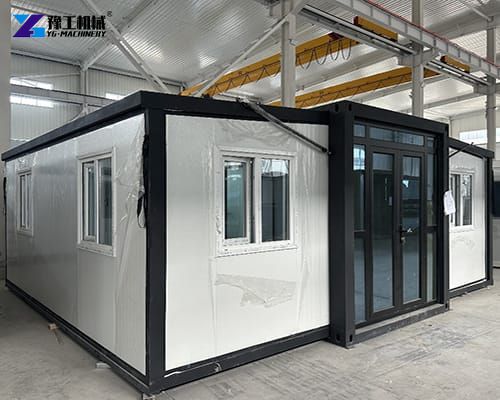We are proudly completed our automatic wall plastering machine to sold to Australia. It marks a significant milestone in our global expansion efforts and showcases the growing demand for intelligent construction machinery in developed markets. The client, a small-size construction contractor based in Australia, specializes in residential and commercial building projects. With rising labor costs and project deadlines becoming tighter, they sought a high-efficiency plastering solution that could automate wall finishing while ensuring consistency and quality.
Introduction To The Automatic Wall Plastering Machine Sold to Australia
Our automatic wall plastering machine is designed to address these challenges through innovative engineering. Key features include:
- Precision Application: Equipped with AI-driven sensors and adjustable nozzles, the machine ensures uniform plaster thickness across surfaces.
- High-Speed Operation: It is significantly outperforming manual methods.
- Material Efficiency: Reduces waste by precisely calculating required plaster volume, lowering material costs.
- User-Friendly Interface: Intuitive controls allow operators with minimal training to manage complex tasks.
- Adaptability: Compatible with various plaster types and surfaces, including curved walls and ceilings.
Why Is the Automatic Wall Plastering Machine Important?
Skilled Labor Shortages: Finding experienced and reliable plasterers is increasingly difficult across Australia. This shortage drives up labor costs and can lead to significant project delays as contractors struggle to resource this critical phase of construction.
Time Constraints: Project timelines are often tight. Manual plastering is a time consuming process, frequently becoming a bottleneck that affects subsequent trades and overall project completion schedules.
Quality Consistency: Achieving a consistently high quality finish across large surface areas with manual methods depends heavily on individual skill levels, which can vary. Rework due to imperfections adds further time and cost.
Workplace Health and Safety: Manual plastering involves repetitive motions, working at heights, and physical strain, posing potential long term health risks for workers.


